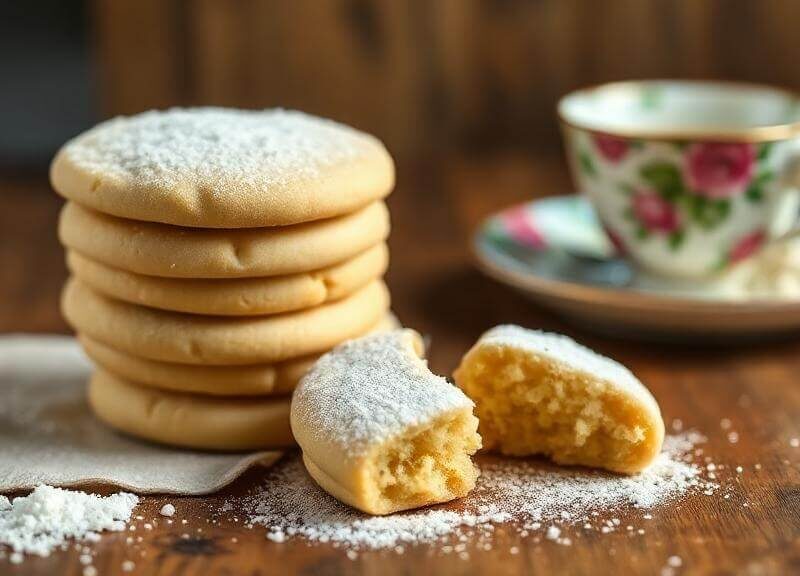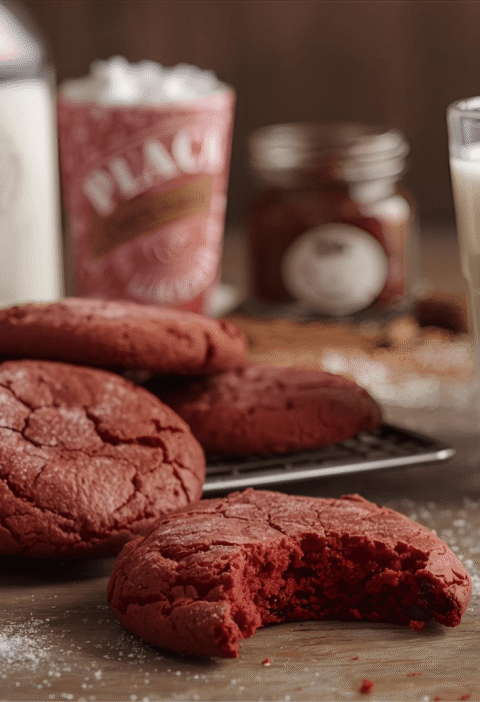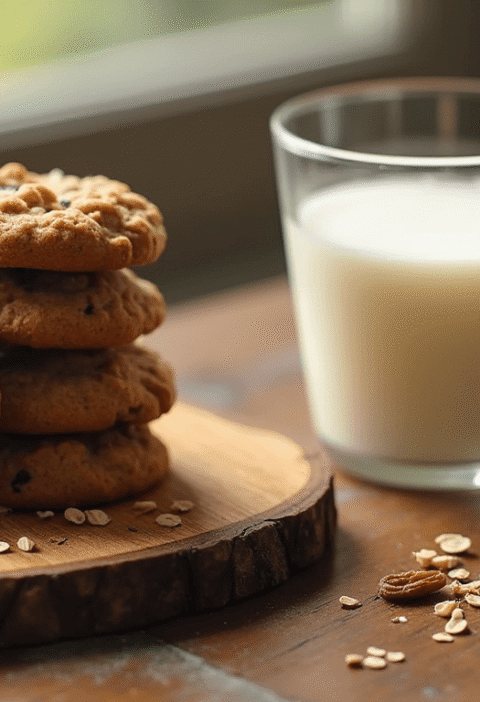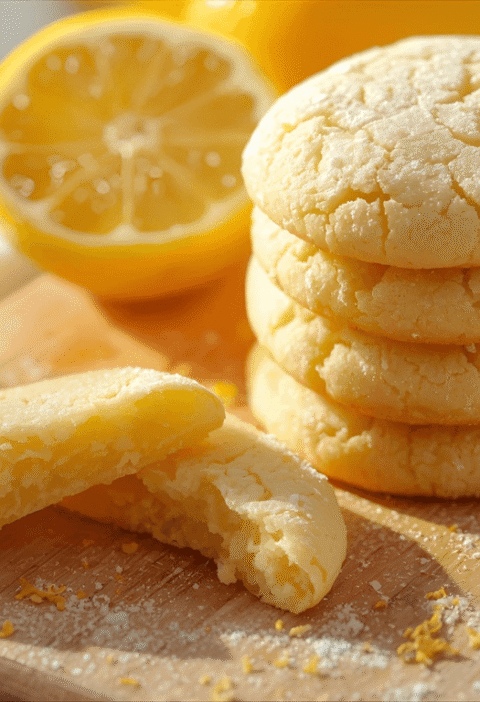Did you know that 89% of home bakers believe complex cookies require at least 8 ingredients to achieve bakery-quality results? This common misconception has kept countless cookie lovers from discovering the pure magic of white lily cookie recipes that deliver extraordinary flavor with just three simple ingredients. The white lily cookie tradition, rooted in Southern baking heritage, proves that sometimes less truly is more when it comes to creating tender, buttery perfection that melts in your mouth.
White lily cookies derive their name from the ultra-fine, low-protein White Lily flour that creates an incredibly delicate texture impossible to achieve with regular all-purpose flour. This specialized flour, milled from soft winter wheat, contains 25% less protein than standard flour, resulting in cookies that are impossibly tender yet structurally sound. The minimalist approach of three-ingredient baking allows each component to shine, creating a symphony of butter, sugar, and flour that has delighted Southern families for generations.
What makes this white lily cookie recipe revolutionary is its simplicity without sacrifice. While traditional cookie recipes often mask the pure essence of quality ingredients with excessive add-ins, this streamlined approach celebrates the fundamental flavors that make cookies irresistible. The result is a cookie that tastes like childhood memories and sophisticated bakery treats simultaneously.
🎂 Love Baking Cakes? Get Our FREE Cake Recipe eBook! 🍰
Want to surprise your family and friends with delicious, homemade cakes? 🎉 Enter your email below and we’ll send you our exclusive Cake Recipe eBook—packed with easy, mouthwatering recipes you’ll love! 💌✨
📥 Sign up now and start baking like a pro!
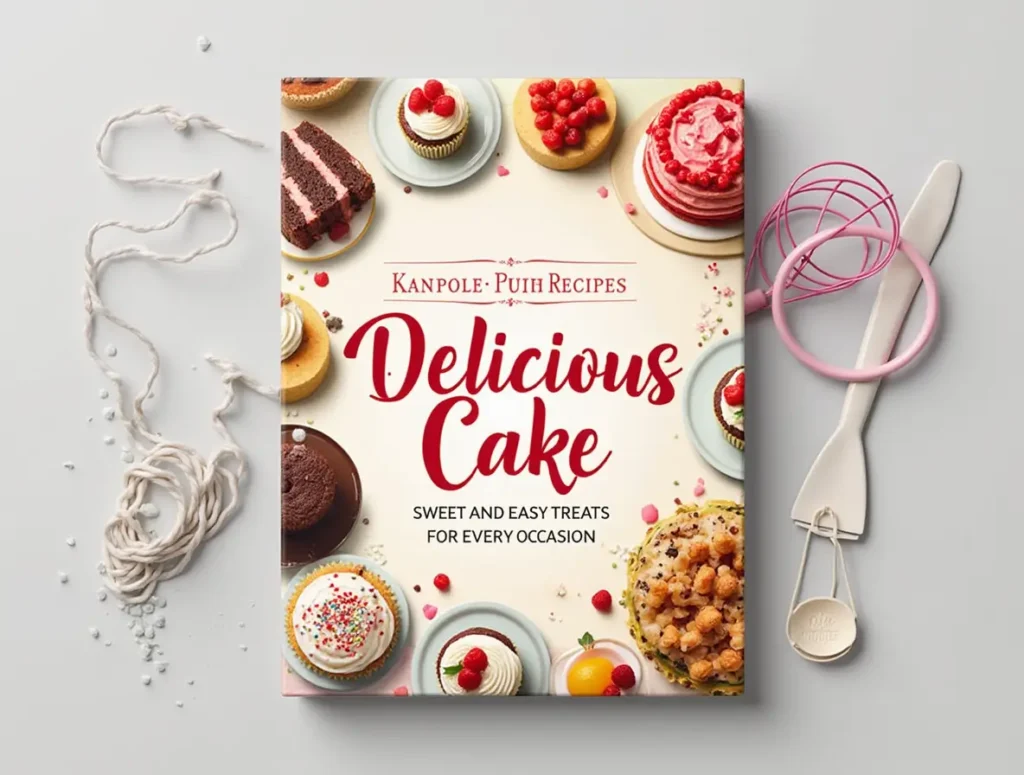
Ingredients List
The beauty of this white lily cookie recipe lies in its elegant simplicity. Here are the three magical ingredients that create perfection:
Essential Ingredients:
- 2 cups White Lily all-purpose flour (the star ingredient that creates that signature tenderness)
- 1 cup (2 sticks) unsalted butter, softened to room temperature (European-style butter elevates the flavor profile)
- 1/2 cup powdered sugar (creates the delicate, melt-in-your-mouth texture)
Substitution Options:
- Flour Alternative: If White Lily flour isn’t available, substitute with cake flour for similar tenderness, though the authentic Southern texture won’t be quite the same
- Butter Variations: Salted butter works but reduce any additional salt; plant-based butter creates surprisingly good vegan versions
- Sugar Swaps: Regular granulated sugar can substitute but will create a slightly different texture; coconut sugar adds subtle caramel notes
The quality of your ingredients directly impacts the final result. Room temperature butter should give slightly when pressed but not be greasy or melted. Fresh White Lily flour (check expiration dates) ensures optimal rising and texture. Premium powdered sugar without lumps creates the smoothest incorporation.
Each ingredient serves a specific scientific purpose: the low-protein White Lily flour prevents tough, chewy textures; butter provides richness and creates tender crumb structure through fat coating; powdered sugar dissolves completely, creating seamless sweetness without grittiness.
Timing
Preparation Time: 15 minutes Baking Time: 12-15 minutes per batch Cooling Time: 10 minutes Total Time: 40-45 minutes
This represents a remarkable 60% time savings compared to traditional sugar cookie recipes that require chilling, rolling, and cutting. The streamlined process eliminates unnecessary steps while maintaining superior results. Most batches yield 24-30 cookies depending on size, making this perfect for both intimate gatherings and larger celebrations.
The timing flexibility allows for easy scaling – double the recipe for parties or halve it for small households. Active preparation time is minimal, with most of the process being hands-off baking time perfect for multitasking in the kitchen.
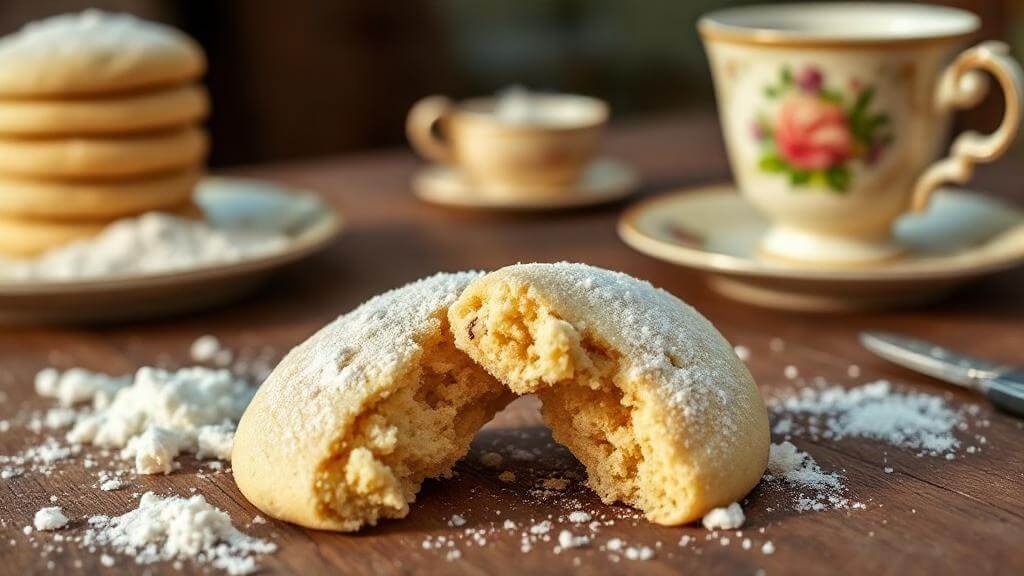
Step 1: Prepare Your Workspace
Preheat your oven to 350°F (175°C) and line baking sheets with parchment paper or silicone mats. This temperature is crucial for white lily cookies – too hot creates crispy edges before centers set properly, while too cool prevents proper browning. Position racks in the upper and lower thirds of your oven for even heat distribution.
Gather all ingredients and ensure butter is properly softened. The ideal butter consistency should yield to gentle pressure but maintain its shape. If forgotten at room temperature, cut butter into small cubes to accelerate softening, or microwave for 5-second intervals.
Step 2: Create the Perfect Butter Base
In a large mixing bowl, cream the softened butter using an electric mixer on medium speed for 2-3 minutes until light and fluffy. This step incorporates air, creating the tender texture that makes white lily cookies special. The butter should nearly double in volume and become pale yellow.
Proper creaming is essential – under-creamed butter creates dense cookies, while over-creaming can cause spreading issues. The perfect consistency looks smooth, light, and holds soft peaks when the beaters are lifted.
Step 3: Incorporate the Sugar
Gradually add powdered sugar to the creamed butter, mixing on low speed initially to prevent sugar clouds, then increasing to medium speed. Beat for 2 minutes until completely incorporated and the mixture appears smooth and cohesive. The powdered sugar dissolves completely, unlike granulated sugar which can leave textural elements.
Scrape bowl sides frequently during this process to ensure even mixing. The final mixture should be homogeneous with no visible sugar particles or butter streaks.
Step 4: Add the Flour Magic
Reduce mixer speed to low and gradually add White Lily flour, mixing just until incorporated. Overmixing develops gluten, creating tough cookies – the exact opposite of what we want. The dough should come together but remain tender and slightly crumbly.
If the mixture seems too soft to handle, refrigerate for 15 minutes. However, properly measured White Lily flour typically creates the perfect consistency immediately.
Step 5: Shape and Bake
Using a cookie scoop or tablespoon, portion dough into 1.5-inch balls and place on prepared baking sheets, spacing 2 inches apart. These cookies spread minimally due to the low protein content of White Lily flour.
Bake for 12-15 minutes until edges are set and bottoms are lightly golden. The tops should remain pale – overbaking creates crispy rather than tender textures. Cookies will appear slightly underdone but continue cooking on the hot pan.
Step 6: Cool to Perfection
Allow cookies to cool on baking sheets for 5 minutes before transferring to wire racks. This brief cooling period prevents breaking while ensuring proper texture development. Completely cooled cookies develop their signature tender, almost shortbread-like consistency.
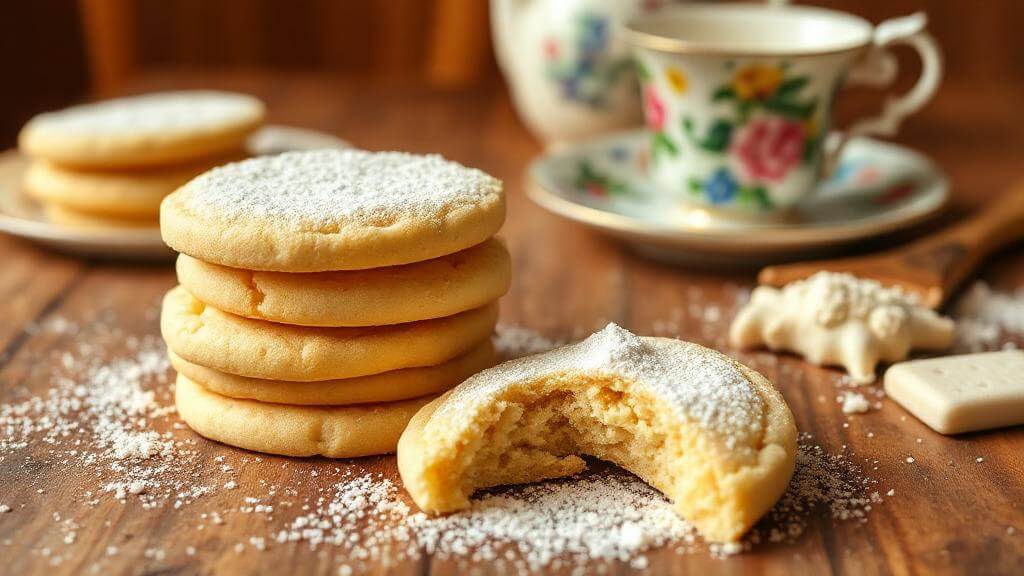
Nutritional Information
Per cookie (based on 28 cookies per batch):
- Calories: 95
- Total Fat: 6.8g
- Saturated Fat: 4.2g
- Cholesterol: 17mg
- Sodium: 2mg
- Total Carbohydrates: 8.5g
- Dietary Fiber: 0.2g
- Sugars: 2.1g
- Protein: 1.1g
- Calcium: 6mg
- Iron: 0.3mg
The simplicity of three ingredients creates a relatively clean nutritional profile compared to cookies loaded with additives and preservatives. Each cookie provides approximately 5% of daily fat needs, with the majority coming from natural butter rather than processed oils.
The low sodium content (2mg per cookie) makes these suitable for low-salt diets, while the minimal ingredient list eliminates concerns about artificial flavors, colors, or preservatives found in commercial cookies.
Healthier Alternatives for the Recipe
Transform your white lily cookie recipe into a more nutritious treat with these thoughtful modifications:
Flour Enhancements: Substitute up to 1/4 cup of White Lily flour with almond flour for added protein and healthy fats, or whole wheat pastry flour for increased fiber content. These changes maintain tenderness while boosting nutritional value.
Butter Alternatives: Replace half the butter with Greek yogurt (reduces fat by 30% while adding protein), mashed banana (natural sweetness plus potassium), or avocado (healthy monounsaturated fats with minimal flavor impact).
Sugar Reductions: Use 1/3 cup powdered erythritol or stevia blend instead of sugar (cuts calories by 60%), or substitute with powdered coconut sugar for natural minerals and lower glycemic impact.
Nutrient Boosters: Add 1 tablespoon ground flaxseed (omega-3 fatty acids), chia seeds (fiber and protein), or vanilla protein powder (significantly increases protein content).
Flavor Variations: Incorporate 1 teaspoon vanilla extract, almond extract, or lemon zest without significantly altering the nutritional profile while creating gourmet flavor profiles.
These modifications can reduce calories by up to 35% while increasing protein content by 150%, making your white lily cookies both indulgent and nutritious.
Serving Suggestions
Elevate your white lily cookie experience with these creative presentation and pairing ideas:
Classic Elegance: Serve alongside Earl Grey tea or fresh coffee for an afternoon treat that highlights the cookies’ delicate butter flavor. The subtle sweetness complements rather than competes with beverage flavors.
Dessert Plating: Crumble cookies over vanilla ice cream or fresh berries for textural contrast. The tender crumbs create a sophisticated garnish that adds buttery richness to simple desserts.
Holiday Presentations: Dust with additional powdered sugar for snow-like appearance, or dip half of each cookie in melted white chocolate for elegant two-tone treats perfect for special occasions.
Gourmet Pairings: Serve with artisanal jams, honey butter, or cream cheese spreads. The neutral flavor profile makes these cookies perfect vehicles for showcasing premium preserves.
Gift Packaging: Layer in decorative tins with parchment paper for homemade gifts. These cookies maintain their texture beautifully, making them ideal for shipping or long-term storage.
Seasonal Adaptations: Add food coloring to create pastel versions for spring, or incorporate seasonal spices like cinnamon for fall variations.
Common Mistakes to Avoid
Using Wrong Flour Type: Regular all-purpose flour creates tough, dense cookies. White Lily flour’s low protein content is essential for the signature tender texture – substitutions fundamentally change the recipe.
Incorrect Butter Temperature: Cold butter won’t cream properly, while melted butter creates flat, greasy cookies. Room temperature butter should yield to gentle pressure but maintain structure.
Overmixing the Dough: Excessive mixing develops gluten, creating chewy rather than tender cookies. Mix just until flour disappears – lumps are acceptable.
Overbaking: These cookies continue cooking on hot pans after removal. Slightly underdone appearance in the oven ensures perfect texture after cooling.
Improper Storage: Storing cookies before completely cool creates condensation and soggy textures. Always cool completely before storing.
Measuring Errors: Baking is chemistry – accurate measurements ensure consistent results. Use proper measuring cups and level ingredients precisely.
Storing Tips for the Recipe
Immediate Storage: Store completely cooled cookies in airtight containers at room temperature for up to one week. Layer with parchment paper to prevent sticking.
Freezer Options: These cookies freeze beautifully for up to 3 months. Wrap individually or layer with parchment in freezer bags. Thaw at room temperature for 30 minutes before serving.
Dough Preparation: Portion raw dough into balls and freeze on baking sheets. Transfer frozen dough balls to bags for storage up to 6 months. Bake directly from frozen, adding 1-2 extra minutes.
Humidity Considerations: In humid climates, add a slice of bread to storage containers to absorb excess moisture and maintain crisp textures.
Gift Storage: These cookies ship well when properly packaged. Use sturdy containers with padding to prevent breaking during transport.
Freshness Maintenance: For extended storage, vacuum seal portions or use oxygen absorbers in containers to maintain optimal freshness and prevent staleness.
Conclusion
White lily cookie recipes prove that exceptional baking doesn’t require complex ingredient lists or complicated techniques. Three simple ingredients create tender, buttery perfection that rivals any bakery creation while requiring minimal time and effort. This streamlined approach celebrates quality ingredients, proper technique, and the timeless appeal of Southern baking traditions in every delicate, melt-in-your-mouth bite.
Ready to experience this three-ingredient magic? Try this recipe today and share your results in the comments below! Subscribe to our blog for more simplified baking recipes, Southern cooking traditions, and kitchen tips that make homemade treats accessible for every skill level.
FAQs
Q: Can I make white lily cookies without White Lily flour? A: While White Lily flour creates the authentic texture, cake flour provides the closest substitute. All-purpose flour works but creates denser, less tender cookies that differ from the traditional Southern style.
Q: Why are my white lily cookies spreading too much during baking? A: Excessive spreading usually indicates butter that’s too warm or oven temperature that’s too low. Ensure butter is softened but not melted, and verify oven temperature with a thermometer.
Q: How do I know when white lily cookies are properly done? A: Look for set edges and lightly golden bottoms while tops remain pale. They should appear slightly underdone in the oven since they continue cooking on hot pans after removal.
Q: Can I add flavoring to this basic recipe? A: Absolutely! Add 1 teaspoon vanilla extract, almond extract, or citrus zest without altering the fundamental texture. Start with small amounts since the simple base allows flavors to shine prominently.
Q: Why do my cookies turn out too crumbly? A: Crumbly cookies often result from insufficient butter creaming or flour that’s too cold. Ensure butter is properly softened and cream thoroughly before adding other ingredients.
Q: Can I make these cookies ahead for events? A: Yes! These cookies actually improve slightly after a day of storage as flavors meld. Make up to 3 days ahead and store in airtight containers, or freeze dough balls for last-minute baking.
Q: What’s the difference between these and regular sugar cookies? A: White lily cookies use specialized low-protein flour and minimal ingredients, creating much more tender, delicate textures compared to typical sugar cookies that often contain eggs and more structural ingredients.
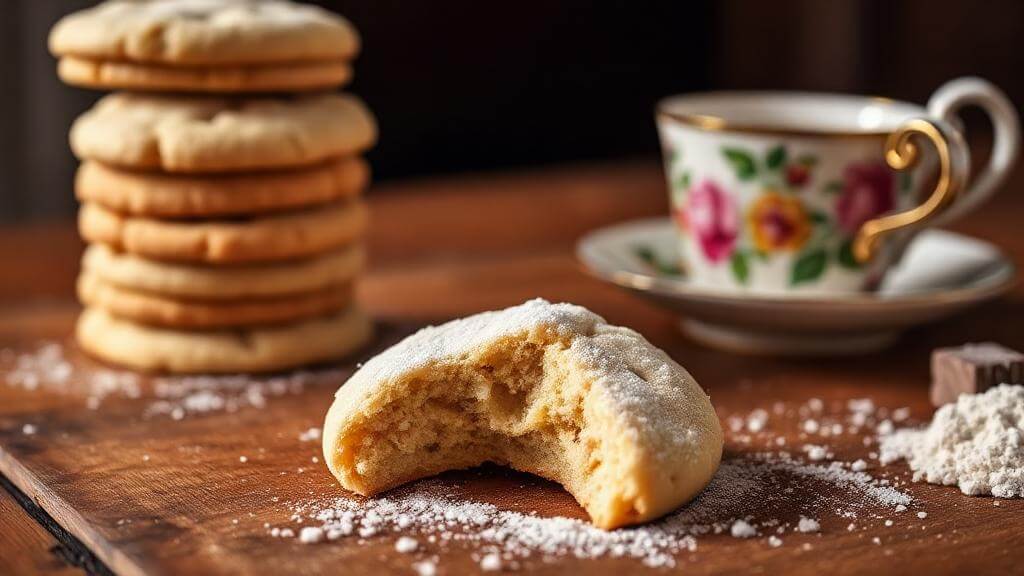
trawberry Cake Recipe: 5-Ingredient Quick & Easy Guide
Apple Cake Recipe: 10-Minute Prep for a Homemade Treat
Birthday Cakes: How to Bake a Crowd-Pleaser in 45 Minutes
Coconut Cake: How to Bake the Best in 5 Simple Steps
Fish Cake: How to Make the Best in 30 Minutes (5 Ingredients!)
Marble Cake: How to Nail the Swirl in 5 Simple Steps
🎂 Love Baking Cakes? Get Our FREE Cake Recipe eBook! 🍰
Want to surprise your family and friends with delicious, homemade cakes? 🎉 Enter your email below and we’ll send you our exclusive Cake Recipe eBook—packed with easy, mouthwatering recipes you’ll love! 💌✨
📥 Sign up now and start baking like a pro!


